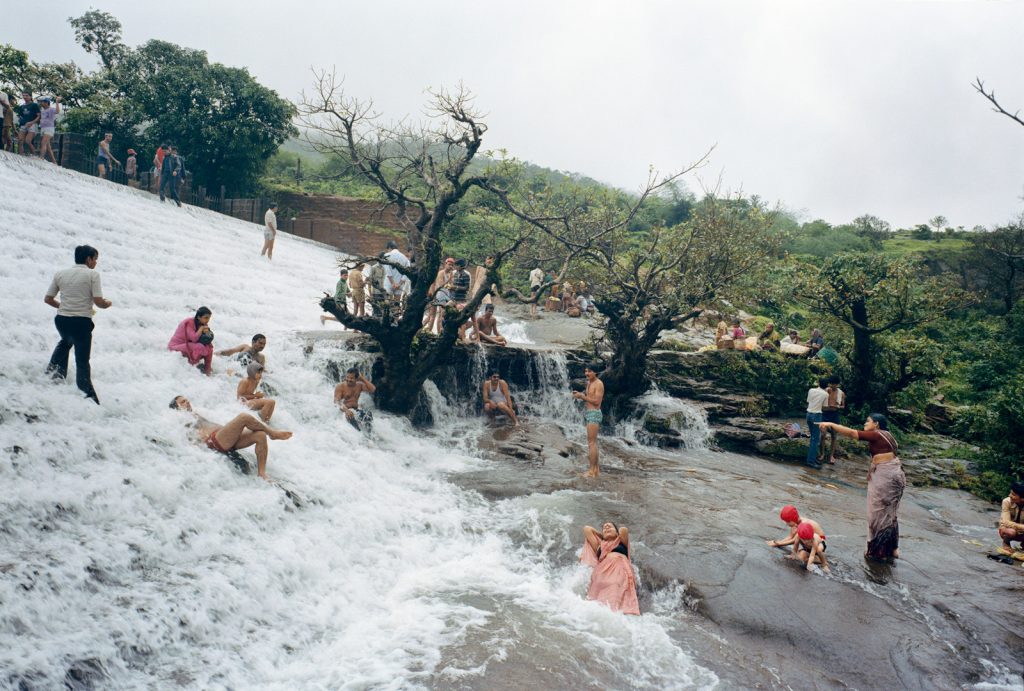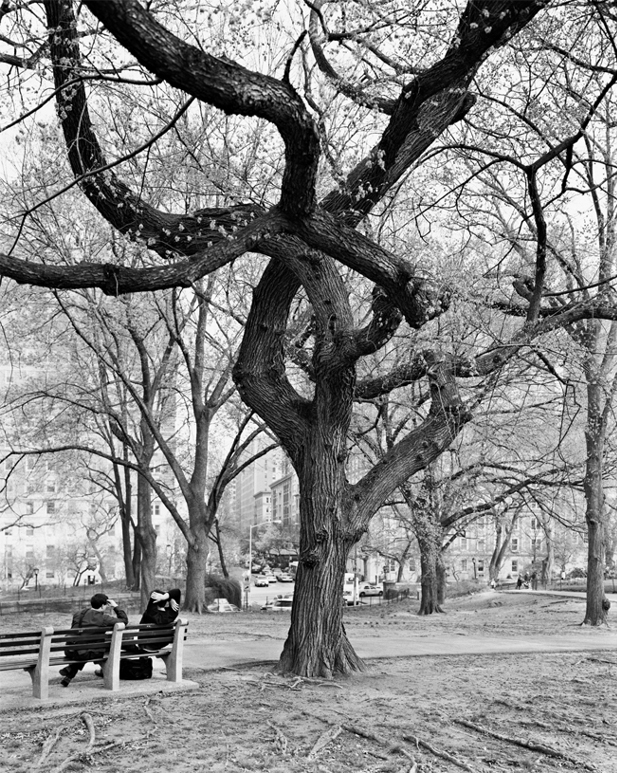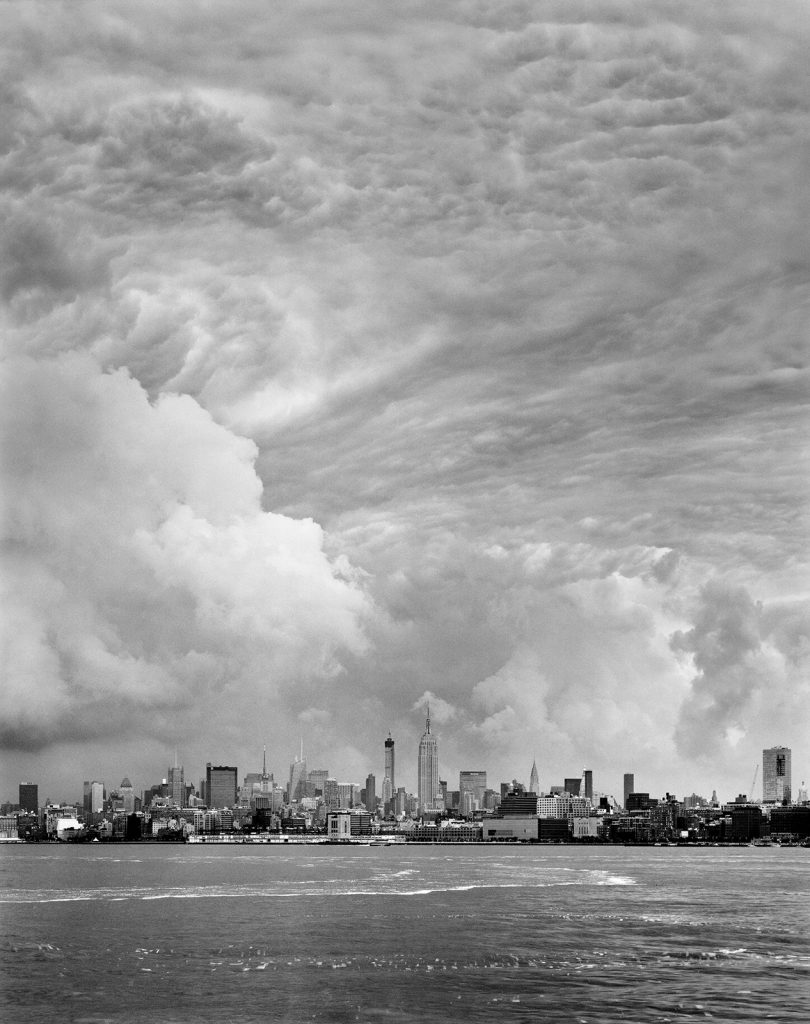by Dario Orlandi
_
Mitch Epstein’s photographic work develops, from the earliest productions, around the delicate balance that links nature and society. A sometimes virtuous and prolific relationship, more often complex and conflictual.
US society is the constant object of observation of the photographer. In the Recreation series, which includes images taken between the 70s and the 80s, Epstein investigates the rituals of boredom and excess, alienation and possibilities that constitute a distillate of modern America.
An opulent society, but exactly for this reason bored with the excess of possibilities and bearing within itself the contradictions that will be the object of the photographer’s subsequent works.
In the India series, taken between 1978 and 1988, the photographer moves the investigation to a developing country, documenting the delicate interaction between society and landscape. With this work the dialectic nature-society-landscape-environment begins to emerge more clearly, which, in different forms, constitutes the central object of Epstein’s research.

The parallel between opulent society and developing countries is found in Vietnam (1990) – the documentation of a country slowly opening up to the market economy – to which The City responds, mirror-like, a work dedicated to New York, where people create an intimate solar system of family, friends, and associates to survive the ugly anonymity of public space.
The project that addresses the environmental issue more explicitly is American Power (2009) which not only examines how energy is produced and used within the American landscape and how it influences the daily life of Americans, but – deepening the reflection – debates about the power of nature, government, corporations and mass consumption – as well as the power of the gaze – in the United States.

The desire to investigate how nature and society interact continues in the two subsequent works, taken in the suburbs of New York: New York Arbor and Rocks and Clouds. In the first, the cumulative effect of the photographs has the purpose of reversing the habitual gaze of people on the city: the trees no longer serve as a background, but instead dominate life and the architecture next to them. In the second the specularity of rocks and clouds evokes the aspiration – and the impossibility – of humans to exploit time and nature.

If Epstein’s work – although biased – has maintained an analytical and open approach for over 30 years, in the last two projects Hoh Rain Forest and Property Rights the photographer’s gaze takes a darker and more definitive turn.
In Hoh Rain Forest for the first time Epstein faces an uncontaminated and non-human nature, transforming the nature-society dialectic into an epitaph for the environment that is now irrevocably compromised and limited.
The same mood is found in Property Rights, where few meagre natives and environmentalists stand as isolated bastion against the unstoppable advance of society to the detriment of nature.

Epstein has been able to maintain for over forty years an extraordinary thematic coherence, declined in solutions with a broad gaze, always partially suspended, more suitable to raise questions than to provide easy answers.
The parabola of his last reflections – in which the society-nature dialectic gives way to a new and disturbing synthesis – suggests an acceleration of the environmental question, which has become a topic that can no longer be postponed.
July 9, 2019




